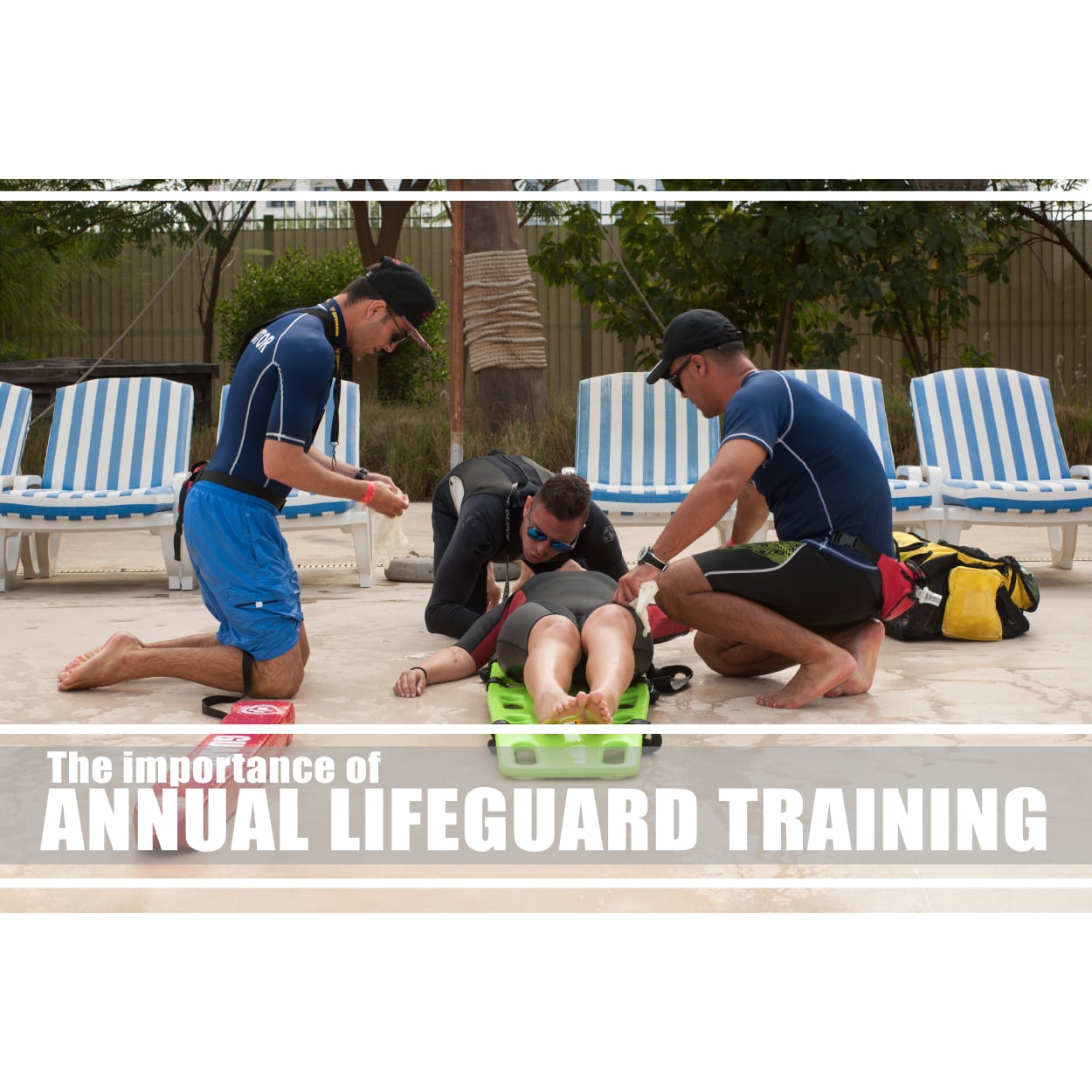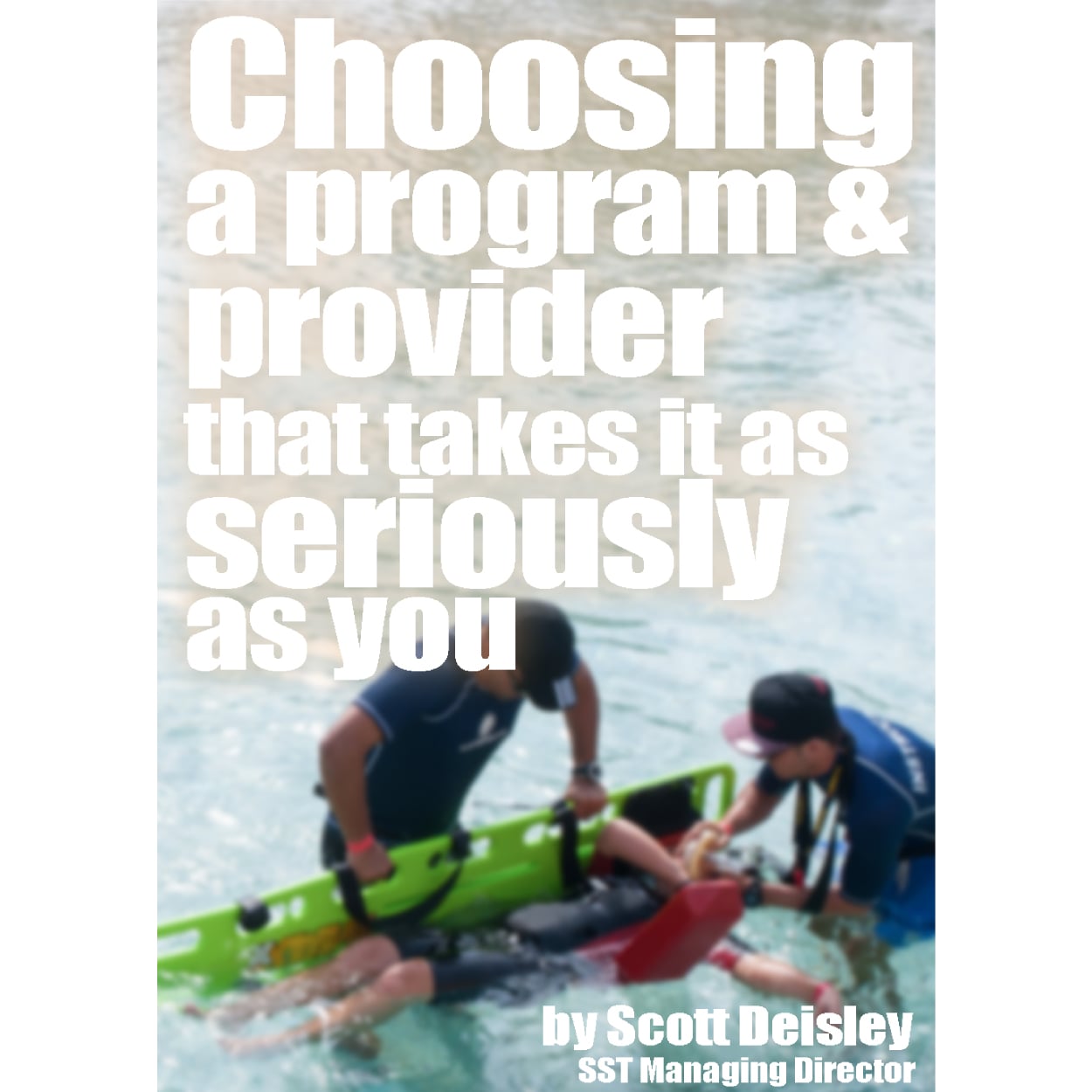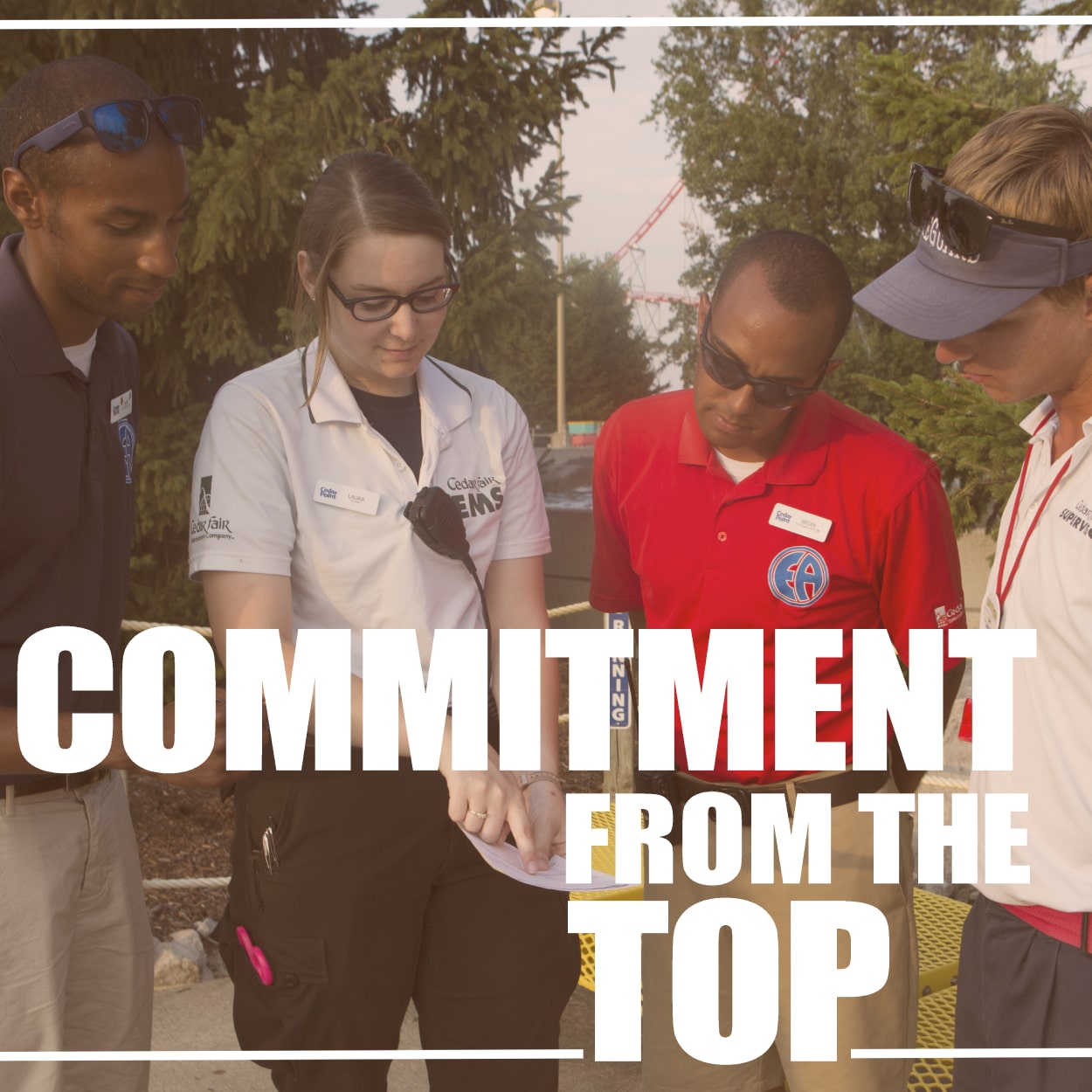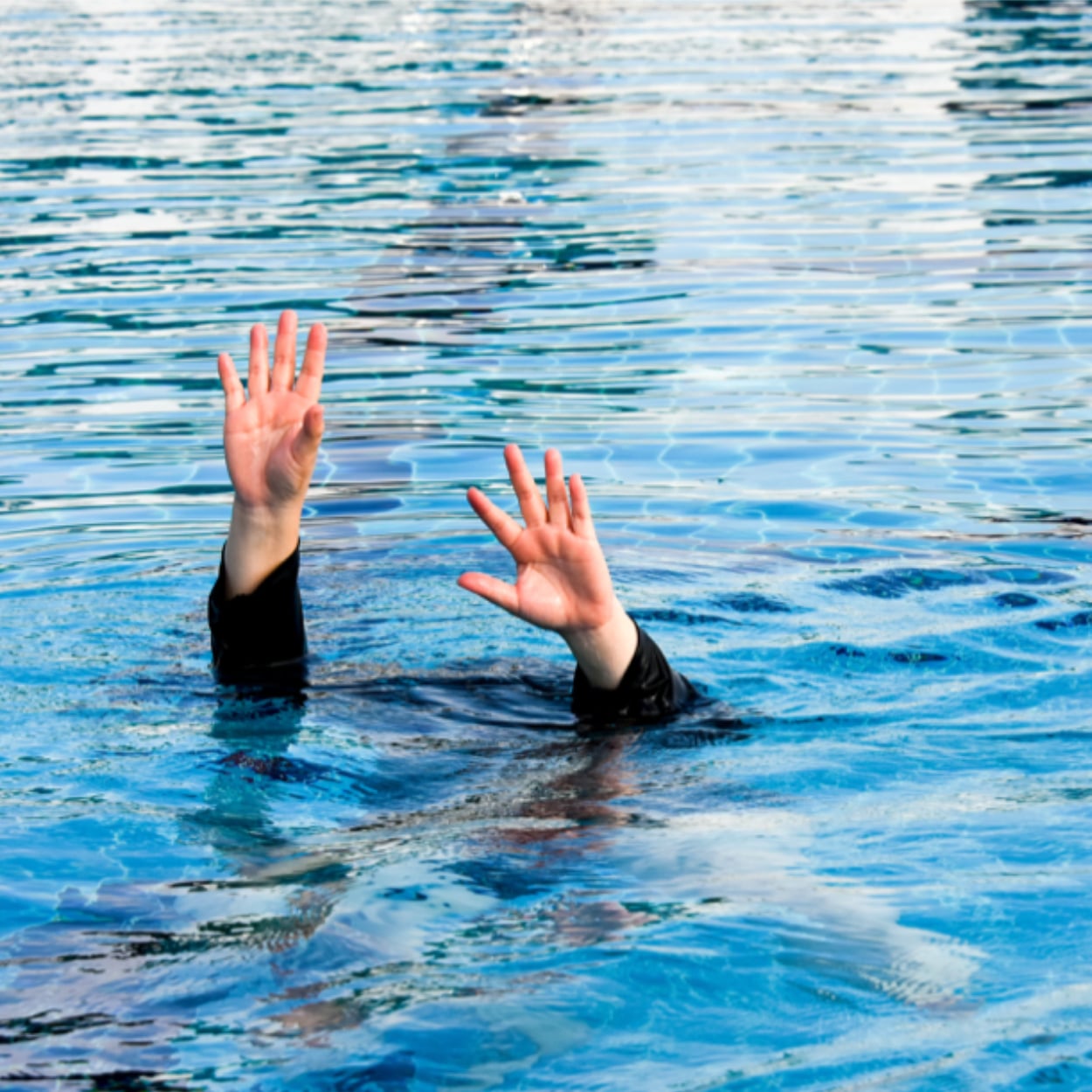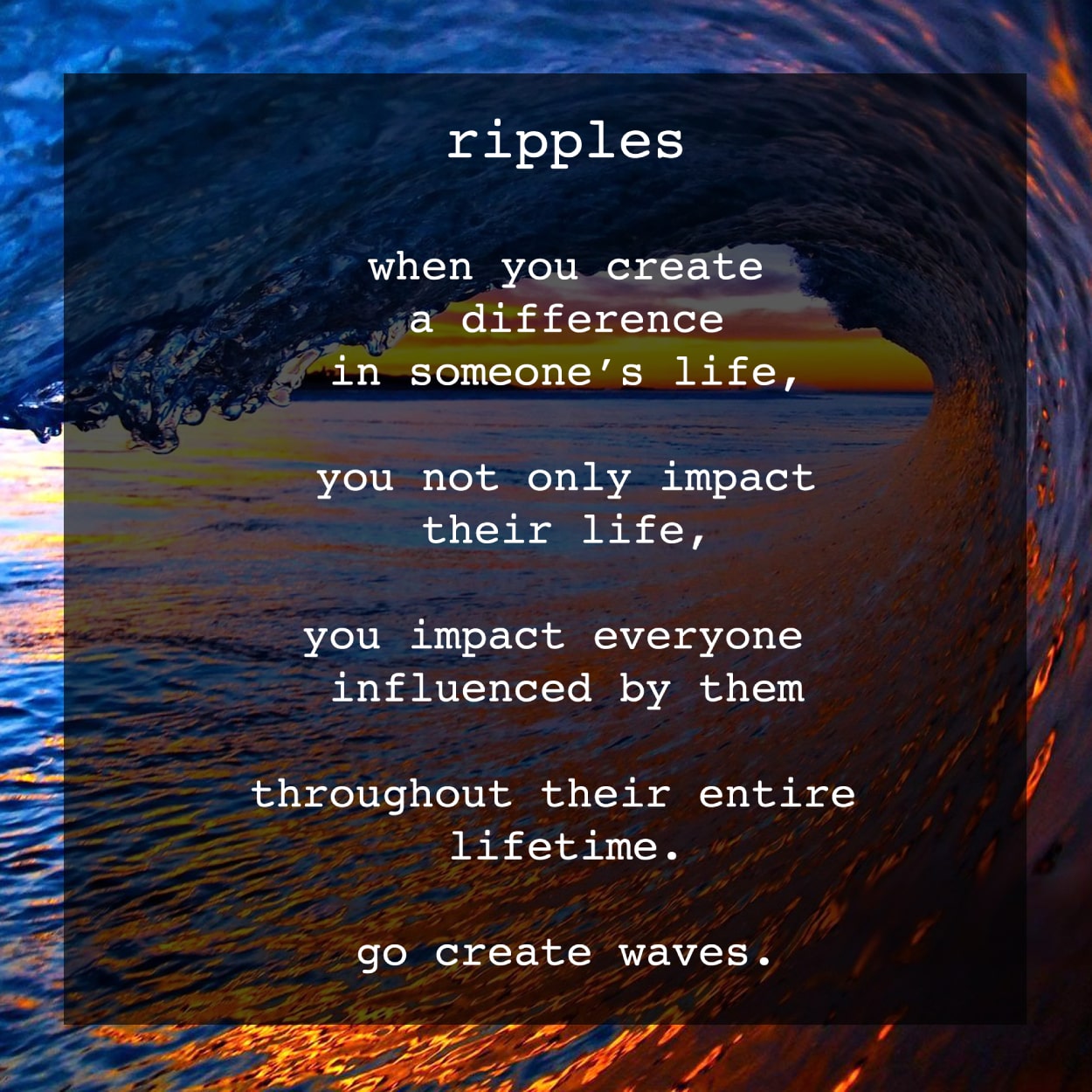The worlds most effective drowning prevention program
The worlds most effective drowning prevention program
Managing Director and Founding Partner
Scott Deisley is the founder and managing director of Safety Skills Training which he launched in 2013 in association with Jeff Ellis and Associates the widely acknowledged world leader in Aquatic Safety.
Scott’s commitment to safety and risk management began in 1987 when he started his career as a licensed lifeguard at Raging Waters, Mariner’s Landing in Wildwood, New Jersey, USA. As his career progressed, Scott has held various management positions with industry giants around the globe including Jumeirah/Wild Wadi, Palace Entertainment, the Morey Organization, and Schlitterbahn. His last corporate role was as Vice President of Waterpark Operations for Atlantis the Palm, Dubai, which he held for 8 years. Along with his day-to-day operational experience, Scott was fortunate enough to have worked on waterslide installations and as an operational and start-up consultant on several projects around the world.
Scott was honored in 2016 with the World Waterpark Association’s Al Turner Memorial Commitment to Excellence Award.
Scott is as passionate today as he was starting out almost 40 years ago. It is this passion that gives him the edge. He is genuinely committed to working with his clients to create the absolute best safety solution for their facility. Scott’s hands-on aquatic safety knowledge is invaluable to any size facility whether it’s support at initial concept, mid-construction, operational expansion, safety consultation, or ongoing safety skills training.
Director and Founding Partner
Richard Carroll, infamously known in the industry as RAC is both the COO of Ellis and Associates and a founding Director at Safety Skills Training (SST). His dual role enables a seamless link between the two organizations and ensures the integrity of the training delivered by SST globally.
With almost 40 years of experience developing and training Ellis & Associates programs around the world (RAC developed the Leadership Training, Operational Audit, and Lifeguard Vigilance Awareness Training Programmes at Ellis & Associates), operating facilities with trained staff, and as an Instructor Trainer nobody knows our proprietary training modules better than RAC!
RAC is a thought leader within the Aquatic industry and has had the privilege of speaking at IAAPA Safety Institutes around the world. He currently serves on the North American Safety and Service Awards Committee for IAAPA as well as the Safety Committee for WWA. RAC is a current Board member of the CMAHC and is an active/voting Member of ASTM F-24. RAC is a member of the World Waterpark Hall of Fame.
Accounts & Admin Assistant
Jelly has been working as an Admin and Accounts Assistant with SST since May 2024 and has a great passion for her role. In the early years of her career, she gained valuable experience relating to Payroll and Accounting.
Before joining SST, Jelly had been working with Shopee Philippines for almost 3 years as the Admin for the Visayas Region, where she was actively involved in daily operations and collaborated with various stakeholders to ensure smooth daily operations.
Her passion for her work and administration skills positively impact SST, making her a valuable member of the team.
Director of Operations
Ryan joined SST in 2016 and is currently Director of Operations. During his time with SST he has spearheaded the development of our Handling Medical Emergencies program, helped the SST Team achieve ISO 17024:2012 certification, been part of several pre-opening projects and served as the Client Manager for several of our international clients.
Ryan has experienced first-hand the needs, pressures and responsibility of an aquatic facility having spent his early career in operations as Aquatics Senior Supervisor at Coco Key Water Resort in Newark, and Aquatics Manager at Fort Rapids Indoor Waterpark, Columbus. where he became the Aquatics Manager. Ryan moved on to work for Jeff Ellis & Associates as a National Staff Auditor. While working for E&A, Ryan completed his Instructor Trainer track resulting in his promotion to Associate. Most recently serving as the Assistant Director of Aquatics and Safety Coordinator for Great Wolf Lodge in Wisconsin Dells.
A member of the ILTP® Textbook Review Committee, Ryan also served as Chairman of the Great Wolf Properties Safety Committee where he led their program designed to track and report incidents on property with a vision of reducing or eliminating risks. Ryan enjoys sharing his industry knowledge and has recently spoken at IAAPA and MENALAC. Ryan also serves as a School Director for International Aquatic Safety School (IASS-East) and has been a rotational Faculty member for IASS in Phoenix, Arizona.
Ryan brings a passion and energy to each and every client partnership and draws upon his wealth of experience when developing bespoke programs.
Client Services Manager
Charne has been with SST as a trainer since April 2016 and has a clear passion for teaching and safety, in and out of the water. She is now one of the Client Services Managers at SST.
Relocating to Dubai in 2010 Charne started her career in the aquatic industry at Wild Wadi Waterpark as a lifeguard. She worked her way up the ranks to Assistant Manager of Operations and received her Lifeguard Instructor License in 2013. At this point she became accountable for the lifeguard training program handling training for all new lifeguards, alongside creating and developing training plans and conducting internal audits. During her time in Wild Wadi she was involved in events such as the World’s Largest Swimming Lesson, Junior Lifeguard Programs and various lifeguard and swim competitions.
Charne’s hands-on operations experience gives her true insiders knowledge coupled, with her fun and inclusive instructing technique she is a true asset to SST and a favorite amongst our clients.
Client Services Manager
Ana joined SST in 2021 as and is based in São Paulo Brazil and leads our South American regional office. Working from our regional office, Ana has a multi-faceted role as Client Services Manager, Instructor Trainer and Operational Auditor.
She started her career in the aquatic industry in 2013 at Wet n Wild São Paulo Brazil and worked her way up from lifeguard to heading the team as team leader. In 2019 she trained to become a lifeguard instructor.
Ana is an amazing multi tasker, a quick learner and loves sharing knowledge with her clients.
Client Services Manager
Sean joined SST back in May 2021 as Client Services Manager.
Sean has worked in the aquatic safety industry for over 15 years. He became an ILTP® trainer in 2008 whilst working at Six Flags Hurricane Harbor New Jersey. In 2010 he moved to Delaware where he worked at the YMCA in a flat water pool environment. In 2013 he joined Ellis and Associates as National Staff Auditor, where he was accountable for onboarding new clients including lifeguard training, zone validation, and general consulting. Between 2016 – 2021 Sean worked with Prince William County VA Department of Parks Recreation and where he ran three seasonal facilities plus the entirety of the annual ILTP® training program for the 400+ lifeguards trained and in addition the CPR, first aid, and AED training program for the entire parks and recreation team. Quite the globetrotter Sean has supported clients in 42 out of 50 states in the US and in over 30 countries.
Sean brings invaluable first-hand experience of working within the aquatic industry and ensures that he always looks at training from a visitor need perspective. He truly understands the day-to-day operational challenges of running an aquatic facility and will actively work with a new client to address any unique concerns or restrictions.
Finance and Admin Manager
Cecille joined SST in May 2022 as Finance and Admin Manager with over 15 years of experience in finance and consulting and is the newest member of the SST family.
Cecille is extremely client focused and works tirelessly to ensure that all financial administration for is timely, efficient, and accurate.
Examiner / Auditor
Originally from Los Angeles, California, Jackson joined SST in 2023. He currently works for the organization as an Examiner and Auditor, based out of the SST office in Dubai, United Arab Emirates.
Jackson began his career in the aquatics industry as a lifeguard in Los Angeles, California. After receiving training and certification, he worked for Great Wolf Lodge, Southern California, where he developed a passion for aquatic safety. Jackson‘s lively yet informative approach creates a comfortable and inclusive environment. He enjoys making personal connections with clients and sharing his expertise and passion with others.
